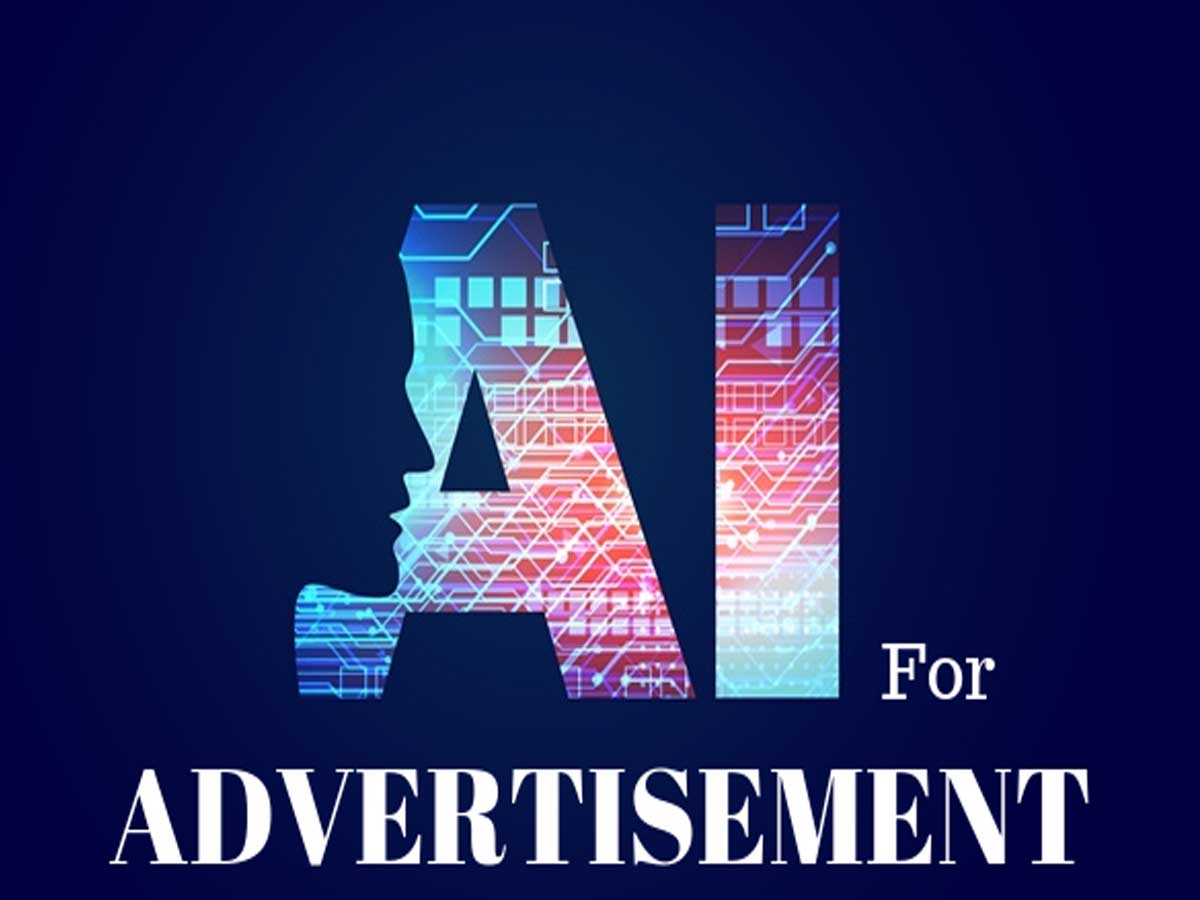Marketers are increasingly recognizing the potential of artificial intelligence to enhance their advertising tactics. As we’ve observed, AI is reshaping the landscape of online marketing.
With marketers actively exploring how AI can elevate their advertising approaches, it’s high time for you to incorporate artificial intelligence into your strategies as well.
Marketers no longer have to wonder about the thoughts and online activities of their target customers, as AI can now decipher this information.
As of 2023, the global AI market has reached a valuation of $142.3 billion USD. Projections for 2024 suggest it will approach half a trillion USD, and by 2030, it’s expected to reach approximately 1.5 trillion USD.
A significant portion of this investment is directed towards AI startups, primarily focused on assisting businesses with technologies such as chatbots and generative AI.

Why Artificial Intelligence Matters in Advertising
Back in 2018, Lexus released an ad entirely scripted by AI. This was no small feat; they used IBM Watson, a powerful AI system, to go through 15 years of award-winning car commercials.
Watson’s job was to pinpoint what makes an ad click with audiences. Watson did a great job pinpointing everything, and they ended up with a great commercial.
AI is reshaping advertising as we know it. Today, advertisers are all over Artificial intelligence and related technologies. They’re using it for everything from figuring out who to target to formulating ads, testing them out, boosting their performance, and even managing their budgets—all this happens automatically, super fast, and on a big scale.
Andrew Ng, the brain behind Google Ads and Baidu’s AI systems, highlighted in his popular AI for Everyone course.
Real companies are already using whatever technologies they can find to gain an edge over competitors to hit their advertising goals. The bottom line? If you’re not using AI for your digital advertising, you’re lagging behind in the race.
What you should know about AI to get started advertising
When we talk about AI for Advertising, it’s cool to know you don’t have to be an expert. Just get the basics, and you’re good to go.
Demis Hassabis, the brain behind DeepMind says AI is all about making machines think like us – read, write, recognize stuff, dodge obstacles, get language, and even feel the world around them.

AI spots patterns makes guesses, and gets better at it as it goes, and it keeps learning on its own, especially with more data.
Think about how you use Google Assistant or chat with Siri and Alexa. You’re helping the AI behind them get smarter every time you do. And it’s not just one thing. When talking about artificial intelligence, cover stuff like machine learning, computer vision, understanding and generating language (that’s NLG and NLP for you), deep learning, neural networks, and getting what you say (speech recognition).
With all of these you don’t even need to memorize all these terms to win in advertising. Just know this: AI that learns and upgrades itself? That’s your ace in the hole for outsmarting the competition in ads. Intelligent tech is here to stay, so why shouldn’t we use it to achieve our goals?
What can Artificial Intelligence do In Advertising
With the internet opening doors to countless digital platforms in modern advertising, it’s easier than ever to reach your audience, especially with Intelligent algorithms that can help you with data-driven targeting by pinpointing your audience based on data, from what they like to how they behave, etc.
And when it comes to ad testing, you can test many ads to see what clicks with people, especially your targeted audience.
But let’s face it: we humans have our limits, especially with heaps of data and campaign tweaks. That’s where we shine in the creative and strategic bits, dreaming up ads that stick.
Meanwhile, AI dives into the heavy lifting — handling data, trying out ad variants, figuring out budgets, and even spotting new customer groups we never knew existed.
The list of AI’s advantages in advertising is pretty impressive. It’s all about smart budgeting across channels, tweaking those budgets on the fly to hit your goals, finding fresh faces interested in your brand, and getting deep insights into what your audience really likes.
AI even helps whip up killer ad copy and visuals that speak directly to your customer.
Top 11 Innovative Uses of AI in Modern Advertising Campaigns
Top AI Advertising Tools for 2024
So let me suggest some cool artificial intelligent power tools that your advertisers can use to basically up your ad game.
AiAdvertising
AiAdvertising is leading the charge in transforming advertising with its cutting-edge machine-learning technology. Customized to align with each brand’s specific KPIs, this tool isn’t just about running ads; it’s about making them smarter and more effective.
What’s truly remarkable is its efficiency — what would typically take 24,000 human hours, AiAdvertising crunches down to less than three days, all while eliminating the guesswork and delivering data-driven results that enhance ad performance.
Persado
Persado is an AI powerhouse in content generation and decision-making for advertising. It’s all about hyper-personalizing the language in ads, a key factor in boosting conversion rates.
Persado ensures that every word speaks directly to the consumer, maximizing impact and engagement, whether it’s LinkedIn ads, Facebook ads, or other digital marketing content.
OneScreen
OneScreen takes AI and applies it to the world of out-of-home advertising. It’s not just about putting ads out there; it’s about targeting them precisely and measuring their effectiveness with unparalleled accuracy.
Thanks to its machine learning algorithm, OneScreen ensures that the content and ads are continuously optimized to resonate with the intended audience.

Pathmatics
Pathmatics brings a unique twist to advertising with its AI-driven insights. It’s all about transparency, showing how ads are performing across various channels. But that’s not all — it also provides a sneak peek into what the competitors are up to, offering competitive intelligence that’s crucial in today’s cutthroat advertising environment.
Beam.city
Beam.city stands out in the AI advertising landscape by helping clients capture customers through AI-powered ads displayed on countless sites. It automates almost every aspect of ad management using AI, from setup to optimization.
Additionally, its ability to create predictive datasets for targeting specific personas in Canada and the US is a game-changer for advertisers looking for precision in their campaigns.
Albert
Albert is like the smart assistant every advertiser dreams of. By analyzing vast amounts of data from ad accounts and customer databases, it uses its sophisticated machine-learning capabilities to run ad campaigns and smartly.
GumGum
GumGum is revolutionizing ad placement with its computer vision technology. By analyzing images and videos across the web, it identifies the prime spots for ads to be seen and engaged with. This ensures that advertisements are not just placed randomly but are strategically positioned where they will have the maximum impact.
If you have more tools or suggestions that we should add to this list, please let us know.
In advertising, basically, AI is the solution for creating appealing advertisements very easily and more personalized to your targeted customers. It’s not about the aesthetics.
AI is changing the way that we approach and think about ads, from generating ideas to making data-driven decisions and staying up to date with AI trends. It’s crucial, like having a conversation with your customers.


